The domestic Donkey, also known as the “ass,” is a subspecies of the African wild ass. Their closest relatives are the other members of the Equidae family, including zebras, horses, and other Donkeys.
Humans have kept and bred these creatures for over 5,000 years! People usually use them as pack animals, for carrying or pulling things. Read on to learn about the Donkey.
Description of the Donkey
This large equid looks quite similar to a horse. Their bodies are stout, and their legs are relatively short. They have much longer ears than horses, and their necks are muscular and thick. Most measure about 4 ft. tall at the shoulder and weigh about 500 lbs. or so.
Interesting Facts About the Donkey
Most people can easily recognize a Donkey with its long ears and stout bodies. Learn more about what makes these creatures so unique below.
- Critical Cousin – The African wild ass is the original ancestor of the domestic ass. Unfortunately, where the domestic ass is prolific, the wild ass is severely threatened. Humans have driven the African wild ass to the brink of extinction, and the IUCN lists the species as Critically Endangered.
- Social Behavior – Unlike horses and zebras, wild asses do not live in herds. However, their domestic counterparts do live in small groups or pairs.
- Original Breeders – Our domestic Donkeys today come from Somalian and Nubian wild asses. Humans began domestication of these mammals after they domesticated goats, sheep, and cattle.
- Donkeys Around the Globe – Researchers estimate that over 40 million domestic asses live across the globe today. The highest populations live in China, Africa, Pakistan, Ethiopia, and Mexico.
Habitat of the Donkey
Wild asses naturally inhabit desert regions with dry climates and warm temperatures. Feral animals also return to this type of habitat if it is nearby. However, domestic individuals live in a variety of different regions.
Humans keep these large mammals in farms and pastures. However, humans use them worldwide as pack animals in a variety of regions, from tropical rainforests to deserts and more.
Distribution of the Donkey
You can find these large mammals virtually anywhere you find humans. People keep and use Donkeys in North, Central, and South America as well as Eurasia, Africa, and Australasia.
Naturally, the wild ass lives in just a few small regions of northeast Africa, but historically they ranged throughout northern Africa into the Arabian Peninsula.
Diet of the Donkey
Like the rest of their equine cousins, asses are herbivores, which means that they feed exclusively on plants. Though they primarily eat grasses, these large mammals will forage for shrubs and other plants as well including leaves, bark, and stems.
This behavior differs from that of horses, which typically feed almost exclusively on grasses and eat few shrubs.
Donkey and Human Interaction
Domestic asses exist only because of human interaction. Humans domesticated the wild ass several thousand years ago for its use as a pack animal. Throughout the course of time humans have used these large mammals to haul people and items, pull carts, guard other livestock, and as pets. In some areas people also eat Donkey meat.
Domestication
Researchers believe that humans domesticated the Donkey about 5,000 years ago. People captured wild asses and bred the friendliest individuals. Over hundreds of years, these diverged from the wild asses, becoming our domestic asses.
From Africa, humans and their domestic asses spread into Asia, the Middle East, Europe, Mexico, and more. Nowadays you can find these creatures virtually worldwide.
Does the Donkey Make a Good Pet
For the right people, these large mammals do make good pets. However, you must have plenty of land for them to graze and the means to care for them. Many people keep them as pets to protect their other livestock from predators.
Donkey Care
These creatures require slightly different care than horses do. Like horses, you must maintain and clip their hooves regularly. You also do not need to feed a Donkey quite as much as a similar sized horse or pony.
Typically, they acclimate to a diet of grazing and browsing during the summer, with added hay in the wintertime. Contrastingly, horses usually need additional pelleted food as well. You must also provide them with fresh water and a mineral block.
Behavior of the Donkey
To many humans, these creatures have garnered a reputation for being quite stubborn. In reality, when a Donkey is fearful of something it often freezes or flees. So, when a person yanks at a Donkey who refuses to keep walking, it is likely that the animal is simply frightened by something.
However, if you build up their trust, you will find that these creatures are quite reliable and friendly. Though they are cautious animals, they are also playful, curious, and intelligent.
Reproduction of the Donkey
These large mammals have a variable gestation period. While the average gestation period is about a year, it varies anywhere between 11 and 14 months. Occasionally they will give birth to twins, though the vast majority of births are a single baby, called a “foal.”
Foals can stand and walk within an hour of birth. Most mothers wean their foals at about 5 months old. The foals reach sexual maturity when they are about 2 years old.


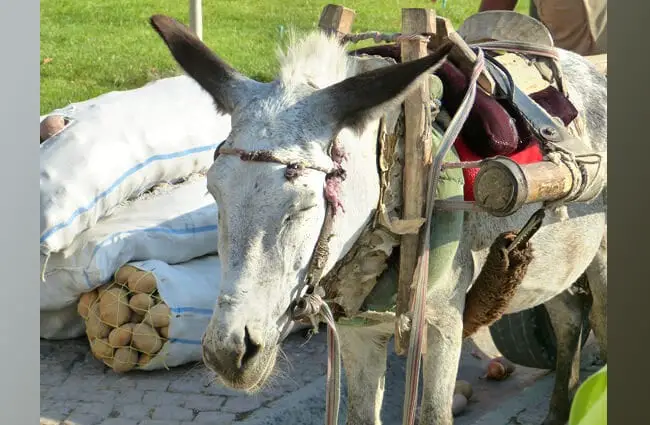
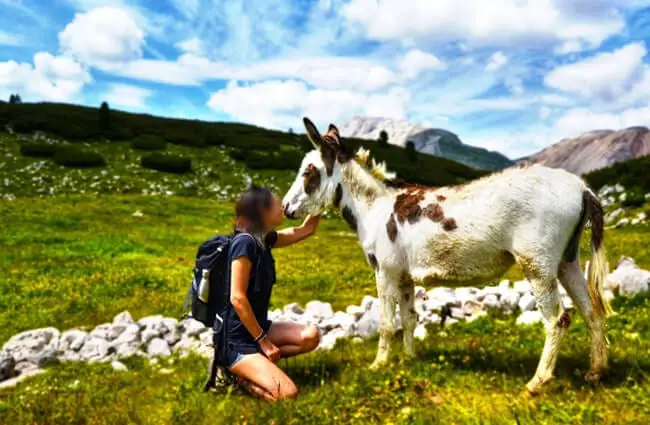


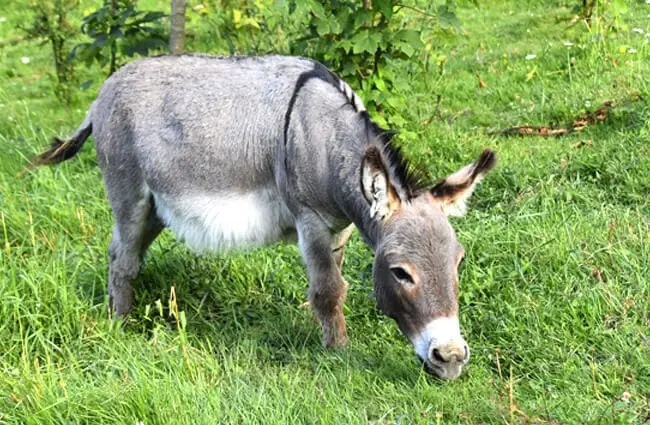

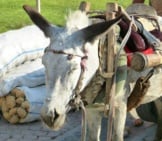

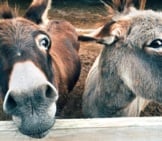

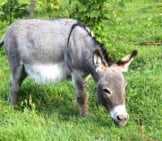
![Red Angus Closeup of a beautiful Red Angus cowPhoto by: U.S. Department of Agriculture [pubic domain]https://creativecommons.org/licenses/by/2.0/](https://animals.net/wp-content/uploads/2020/03/Red-Angus-4-238x178.jpg)












![Red Angus Closeup of a beautiful Red Angus cowPhoto by: U.S. Department of Agriculture [pubic domain]https://creativecommons.org/licenses/by/2.0/](https://animals.net/wp-content/uploads/2020/03/Red-Angus-4-100x75.jpg)

